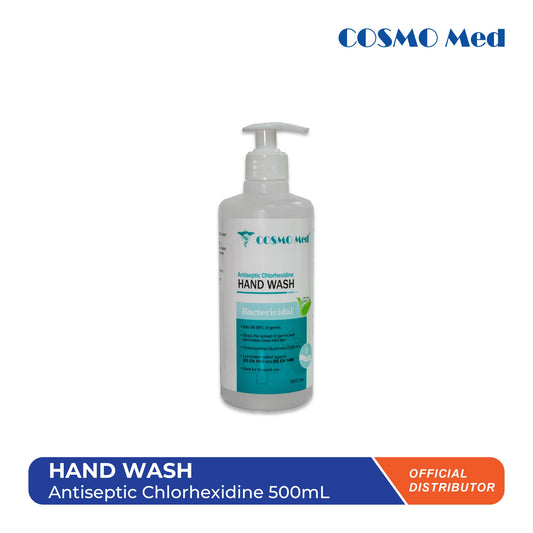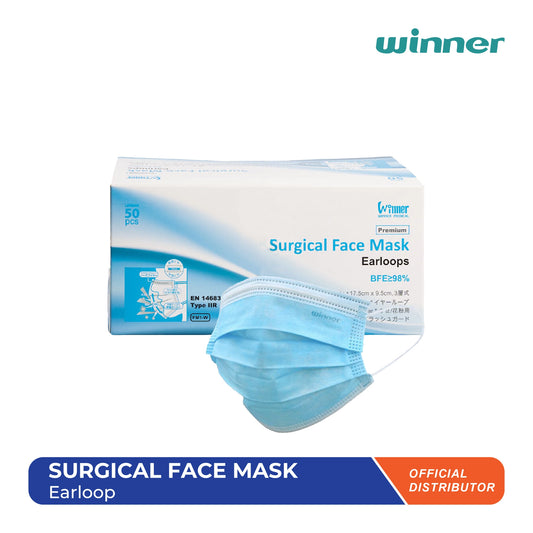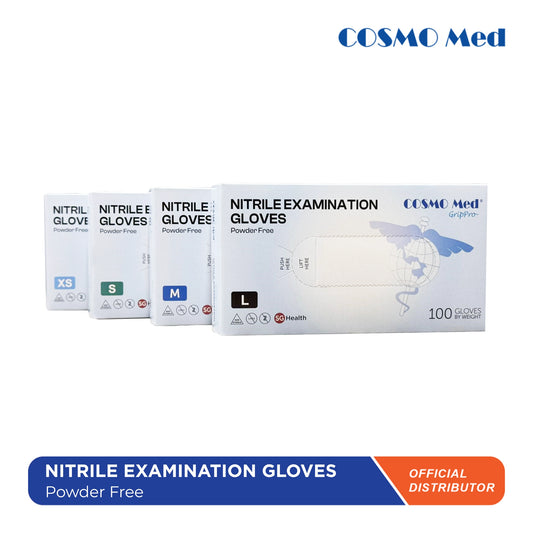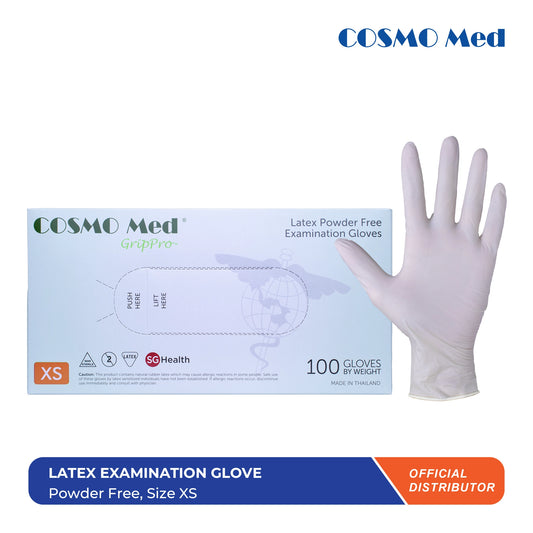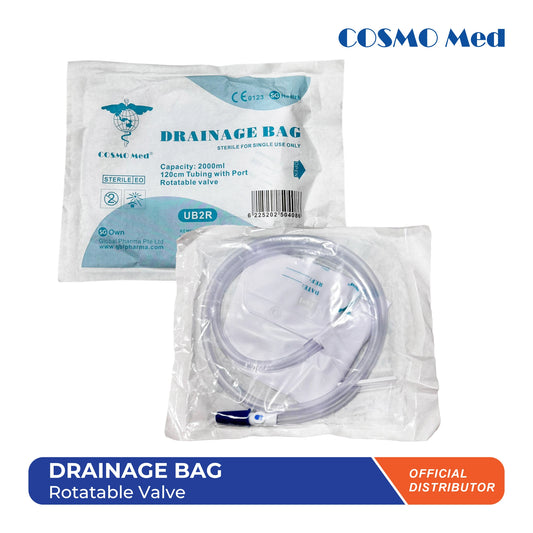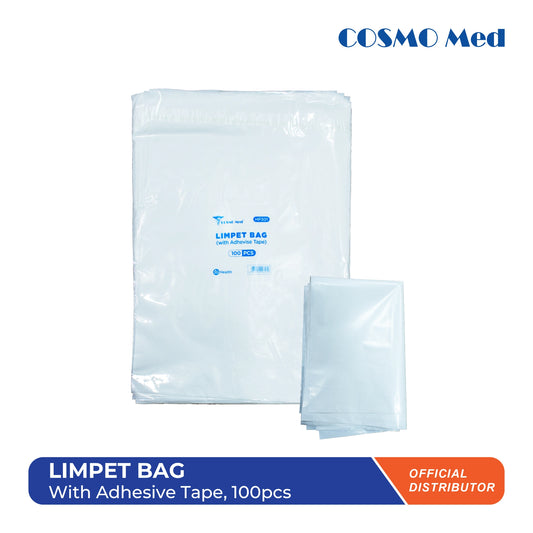Isolation gown are protective garments worn in healthcare settings to prevent the transmission of infections. They fall into the category of personal protective equipment worn by healthcare workers to protect them from blood, body fluids, and other potentially infectious materials.
An isolation gown is long-sleeved and covers the body from the neck down to at least mid-thigh, wrapping around the back to ensure full coverage. The purpose of such an isolation gown is not only to prevent the wearer from getting contaminants on their clothes or skin but also to help prevent the wearer from carrying germs to vulnerable patients.
In practice, staff put on an isolation gown when there is a possibility of splashes or contact with infectious substances in patient care. The gown, used along with gloves, masks, and eye protection, is an important part of infection control within hospitals and clinics.
Types of Isolation Gowns

Isolation gown are available for both disposable and reusable purposes. Materials used to make disposable isolation gowns are usually very lightweight, non-woven fabrics or plastics, which are intended for one use only and to be disposed of immediately after use to prevent cross-contamination. Reusable gowns are manufactured from durable woven fabrics-primarily cotton and synthetic blends-that can withstand repeated laundering and disinfection and are worn again repeatedly.
All reusable gowns have a limited number of wash cycles possible before the garment should no longer be used. Compared to this, single-use gowns do not require the need for laundry services; they are simply discarded after use. Both kinds are designed to provide similar coverage and protection when properly used.
For protection levels, Isolation gowns are categorized into different protection levels in their design to match the risks involved. In the United States, the ANSI/AAMI PB70 standard defines four protection levels for medical gowns:
Level 1(Minimal Risk)
This is worn for basic care, standard isolation, or a visitor cover gown. It provides a minimal barrier to small fluid splashes. Example: routine patient care where there is no anticipation of splashes.
Level 2 (Low Risk)
Worn for situations that present low risk, such as drawing blood, suturing, working in the ICU, or pathology lab. Provides better barrier protection against splashes and some soaking of fluids.
Level 3 (Moderate Risk)
This is used in moderately risky situations, like in the emergency room, cases of trauma, and insertion of IV lines. These gowns can handle larger splashes and fluid exposure than Level 2.
Level 4 (High Risk)
Used in high-risk and surgical settings: It is especially employed for long or fluid-intense procedures and when dealing with infectious diseases, particularly non-airborne. Level 4 gowns provide the highest level of fluid and viral barrier: for instance, they are able to block virus penetration for a limited amount of time during surgery.
The higher level gowns, Levels 3 and 4, are sometimes referred to as surgical isolation gowns because they afford the greatest protection and thus may be used in operating rooms. Lower levels are often nonsterile and used for everyday medical interactions or even given to visitors for basic isolation precautions.
Who Uses Isolation Gowns?

- Doctors
- Nurses and Other Hospital workers when caring for contagious patient
- Laboratory technicians and Clinical Researchers when handling infectious specimens
- Paramedics and Emergency Responders when there is a chance of blood or vomit exposure
- Visitors who visit patient in isolation
- Anyone who may come in contact with infectious material
How to wear Isolation Gown (Donning and Doffing)

Properly using the gown means putting it on and taking it off correctly. This maximizes protection for the wearer and prevents contamination of the surroundings. Follow these general steps:
- Take a fresh gown and put it on immediately before the task where it’s required. Slip your arms through the sleeves, making sure the gown fully covers your front and back.
- Fasten or tie the gown at both the neck and waist to fit closely. The gown should be long enough to reach from your neck down to at least your knees, with long sleeves reaching to your wrists. Ensure the cuffs of the sleeves are snug; you might tuck them under your gloves if you're wearing gloves.
- While working, try not to touch the front of the gown. Once you've been caring for a patient, the outside of the gown is considered contaminated.
- Immediately after the procedure is completed, take the gown off. Untie it or break the fasteners and peel the gown from the body, turning it inside-out as you remove it. Pull one arm out at a time touching only the inside of the gown, which is the clean side, to roll it up. This will prevent any germs on the outside from touching your clothes or skin.
- Immediately discard the used gown in a trash bin designated for biohazard or infectious waste. Do not hang up a used gown or save it for later – disposable gowns are one-time use only. Never wear the same gown for multiple patients.
- After removing the gown, and other PPE items such as gloves or mask if used, wash your hands or apply an alcohol-based hand sanitizer. This final step removes any germs you might have contacted while removing the gown.
These steps are followed to minimize the chance of spreading infection. As part of their standard safety precautions, all healthcare workers are educated in properly donning and doffing isolation gowns.
Difference Isolation Gown & Surgical Gown

While both are protective garments, isolation gowns and surgical gowns serve slightly different purposes. An isolation gown in general is used in more routine patient care and isolation situations-it is usually not sterile and is designed to protect healthcare workers and patients from the transfer of microorganisms and fluids in non-surgical settings.
Surgical gowns are worn by operating room personnel during surgery and must provide a sterile barrier. Surgical gowns have more demanding requirements concerning fluid resistance and are worn to protect the patient as well as the surgical team from contaminating the surgical site in invasive procedures. Another practical difference is design: surgical gowns often have reinforced fronts and sleeves and may have an open back, since the front is the critical sterile area, while isolation gowns typically provide coverage of most of the body including the back.
Are Isolation Gowns Reusable?
It depends on the kind of gown. Most isolation gowns are single-use and disposable; you should not reuse those between patients. However, there are reusable isolation gowns made out of washable fabrics. Reusable gowns can be laundered and worn again, but they must be properly disinfected after each use and have a limited number of wash cycles before they need replacement. Always check the gown's specifications.
How to Choose the Right Isolation Gown
1. Match the risk
- Minimal contact → Level 1
- Blood draws/ICU → Level 2
- ER/trauma → Level 3
- Surgery/high fluid → Level 4
2. Check the Standard
- Use the AAMI level as your guide. Higher level means stronger barrier
3. Pick the right material
- Need breathability? Go for fluid-resistant. Heavy splashes expected? Choose fluid-proof, or reinforced zones
4. Disposable vs. reusable
- Disposable reduces cross-contamination. Reusable saves cost if laundering and disinfection are reliable
5. Ensure the fit and coverage are correct
- It should cover the neck to knees and wrists to cuffs. Tie neck and waist securely
6. Comfort for compliance
- Comfortable gowns are worn correctly for longer procedures.
If you’re ready to match risk level with real-world comfort, our Disposable Isolation Gown with Cuff or our CPE Isolation Gown with Cuff Thumb Holder fits the brief. It’s lightweight and breathable, so staying protected doesn’t mean overheating. Tiebacks at the shoulders and waist keep the gown secure during active tasks, while knitted cuffs seal neatly under gloves. The universal size simplifies stocking, and back ties make donning and removal quick. Available in 10 pcs/box and 10 boxes/carton, it’s an easy, reliable upgrade to your PPE lineup.



